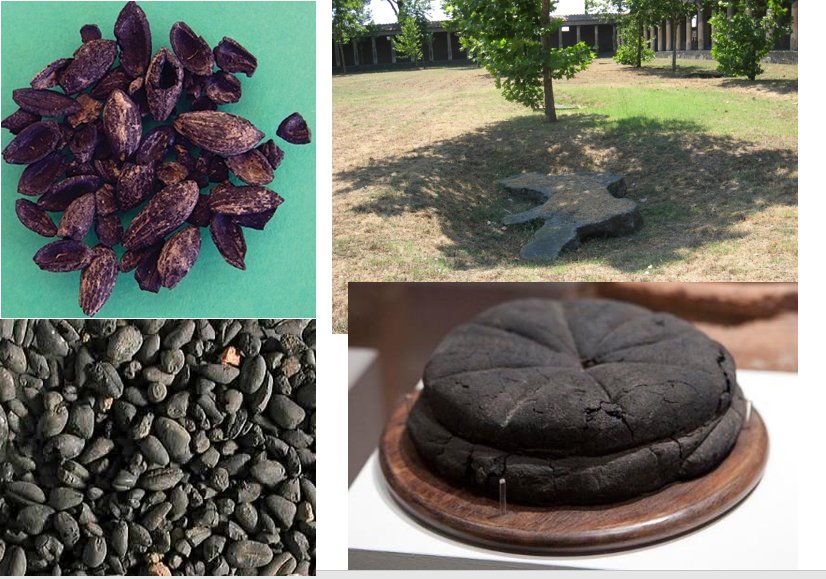This thread presents “The True Story about Ancient Greek Dogs” for the 3rd Public Archaeology Twitter Conference #PATC3. I’m a zooarchaeologist, so the question is what can we learn from their bones?
It is so easy to see ourselves and our own furry companions in this scene
/1 #PATC3
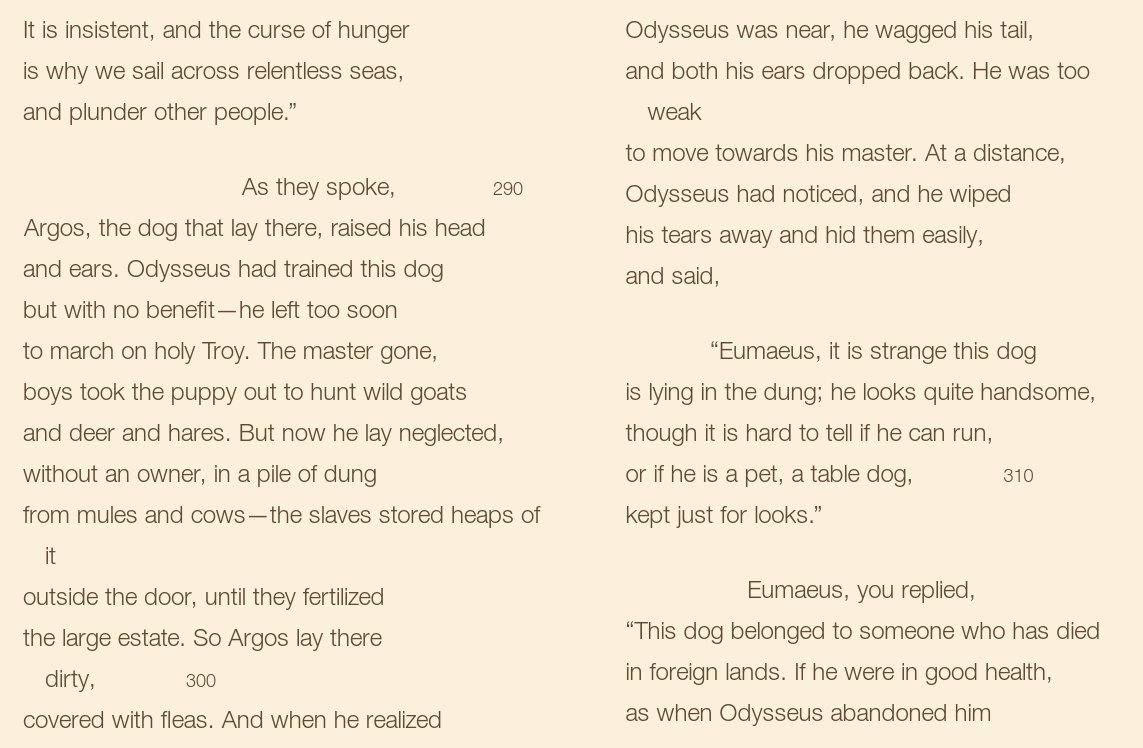
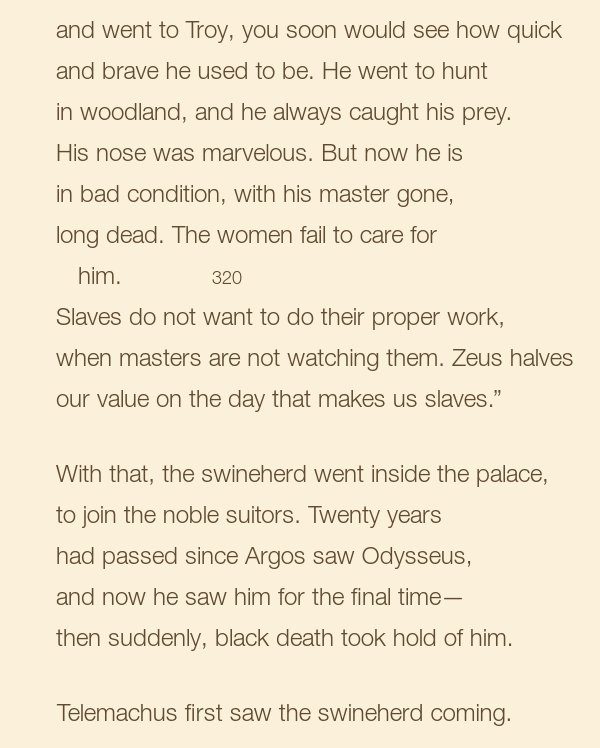
These categories of dogs are easy to find in both ancient texts and art. Hunting hounds were commonly depicted from the Bronze Age onwards
/2 #PATC3
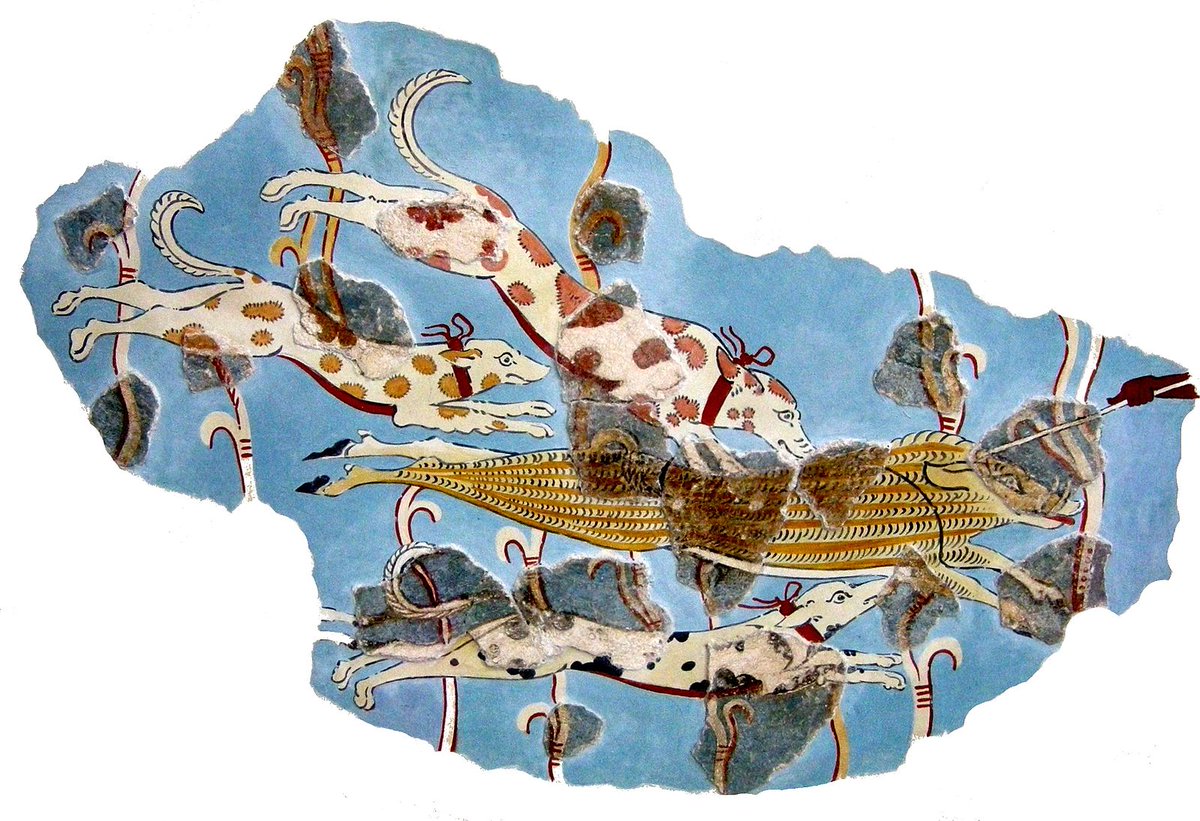
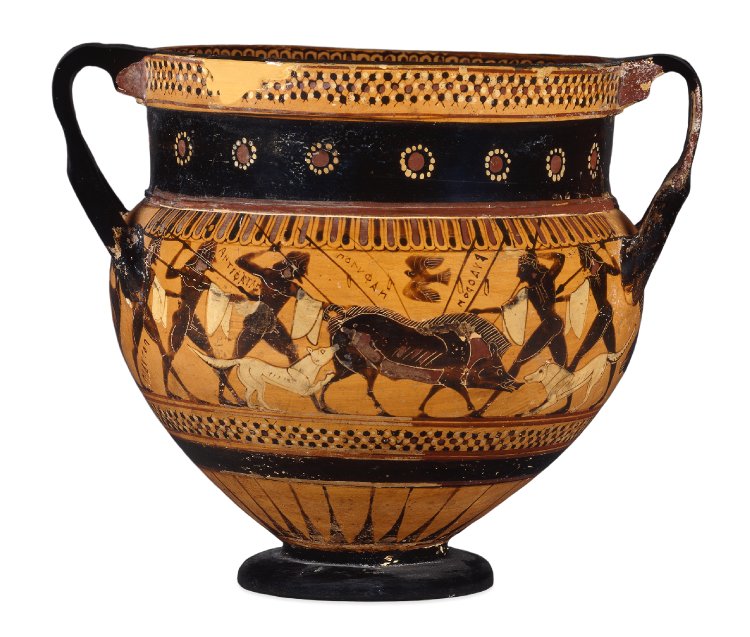
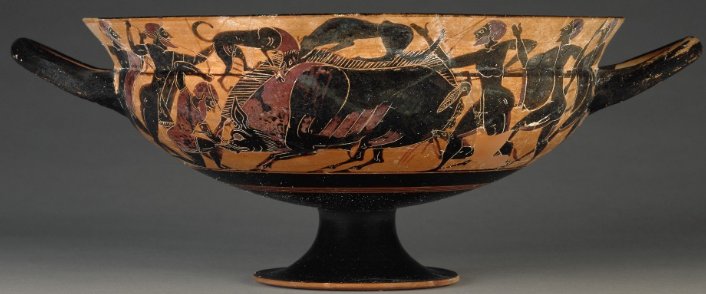
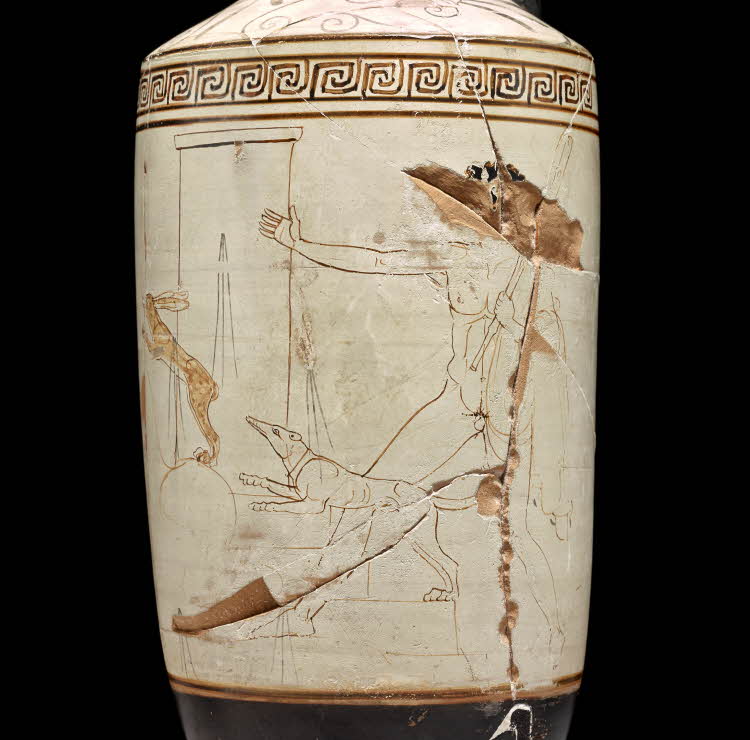
/3 #PATC3
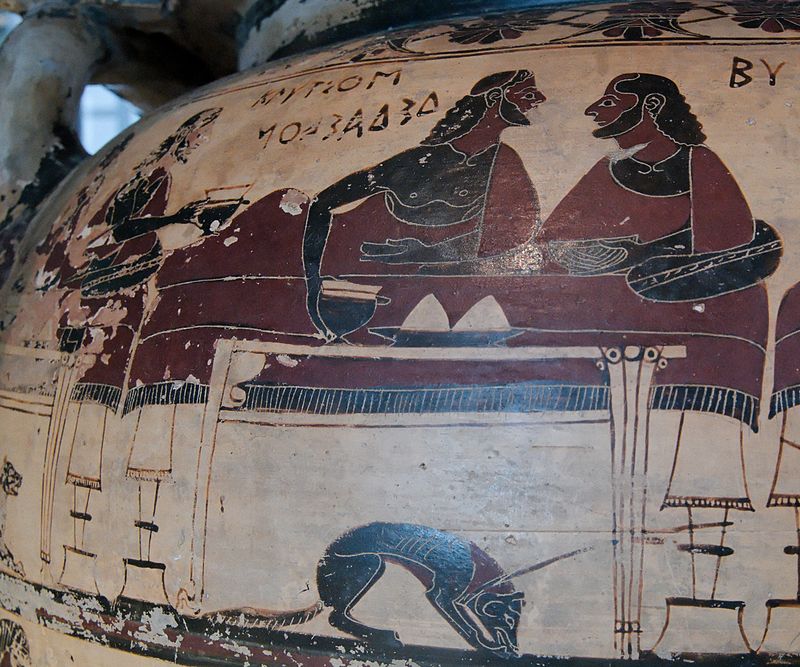
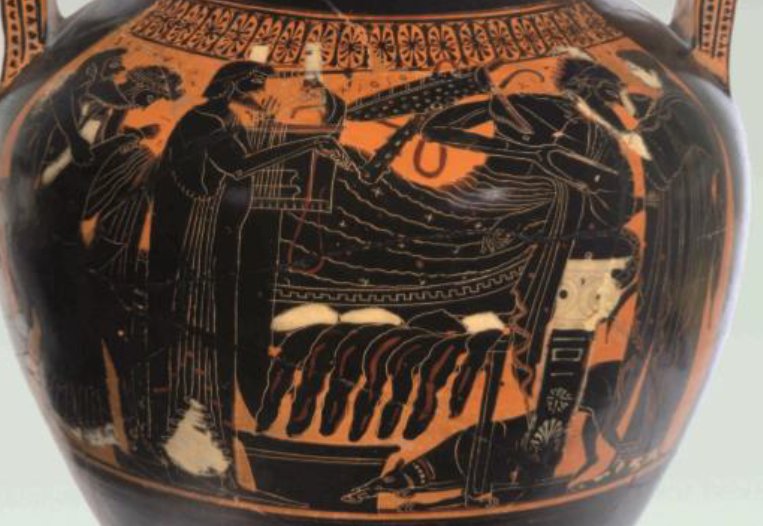
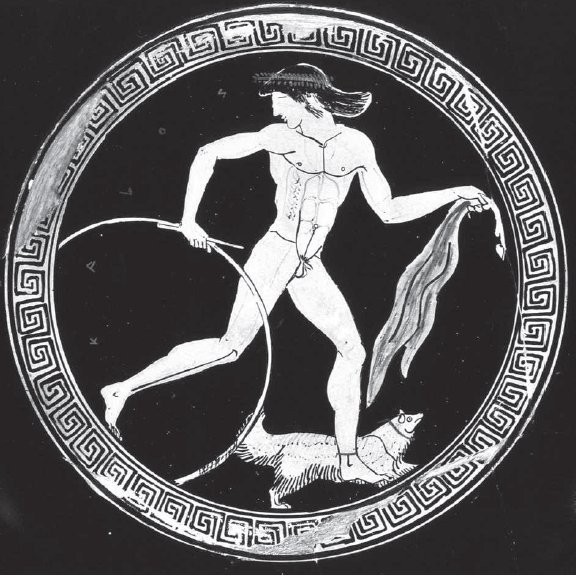
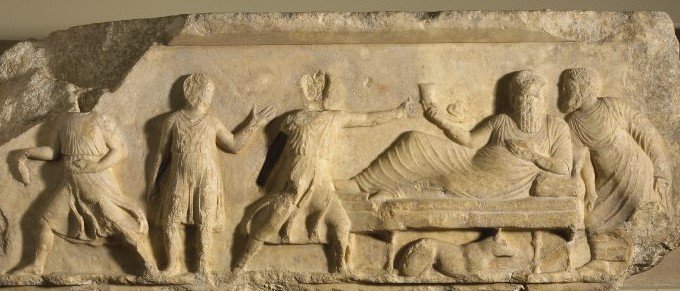
These are clearly pets.
/4 #PATC3
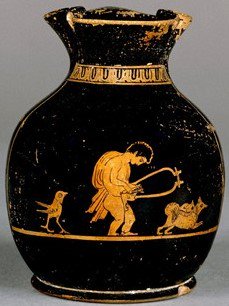
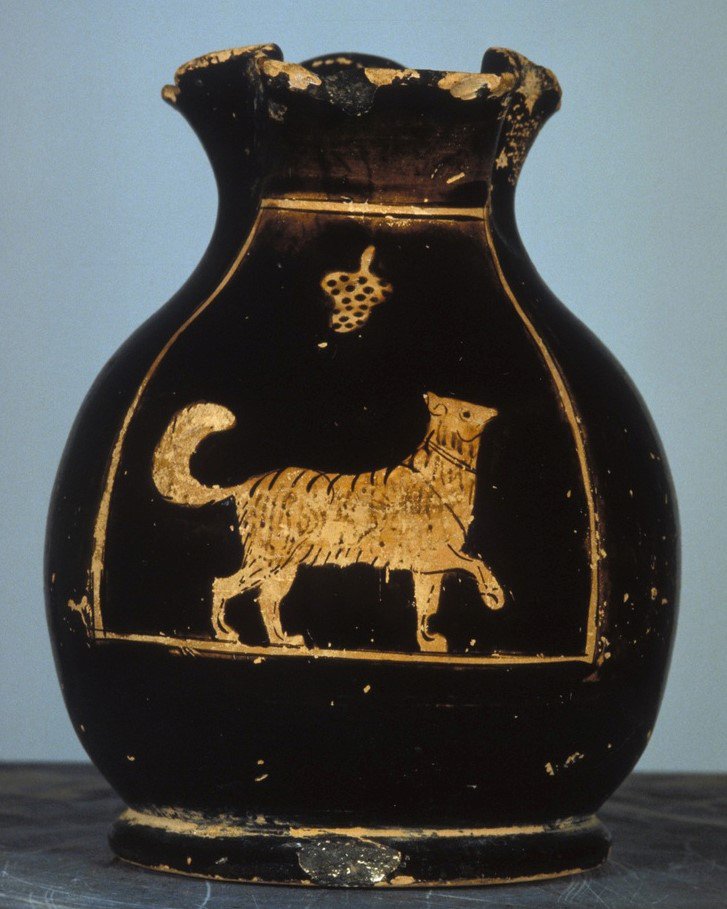
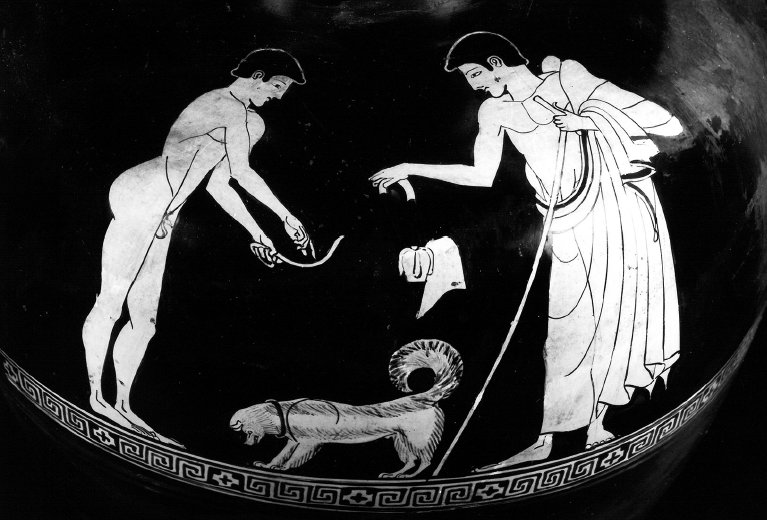
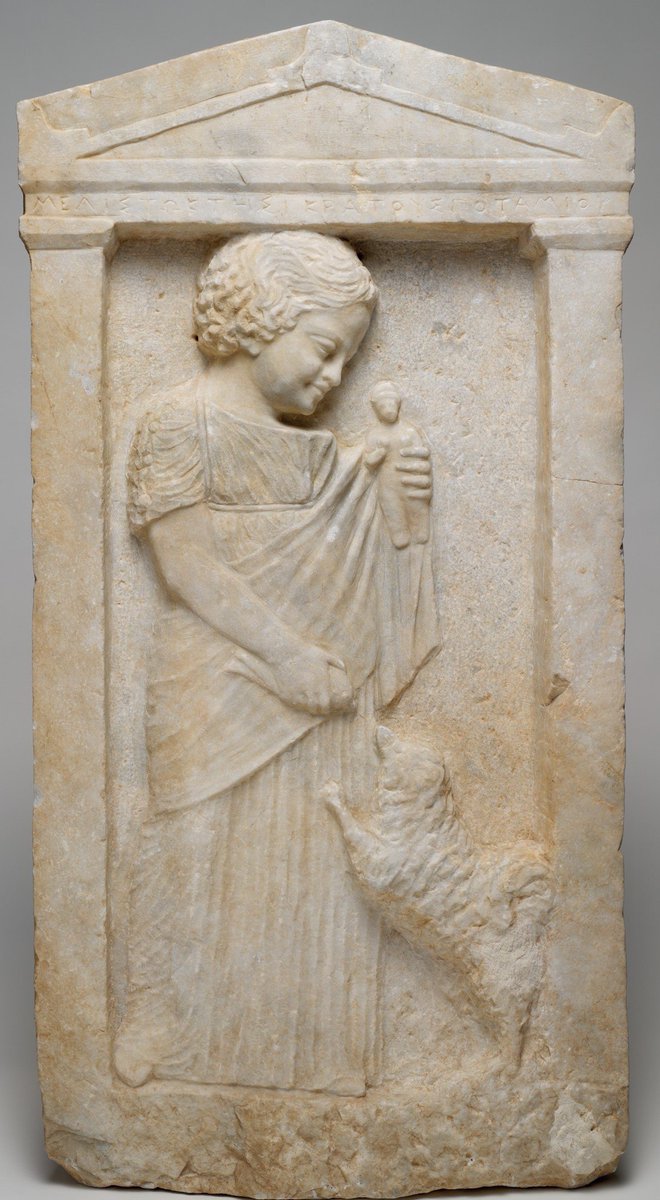
Retweet and maybe @dog_rates will rank the following pooches on a scale of good to bad!
/5 #PATC3
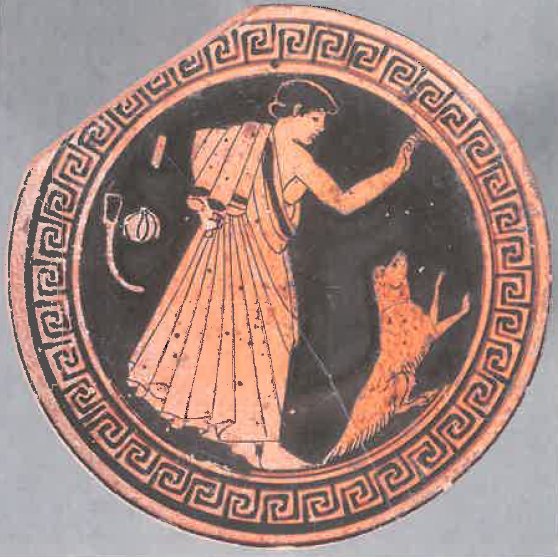
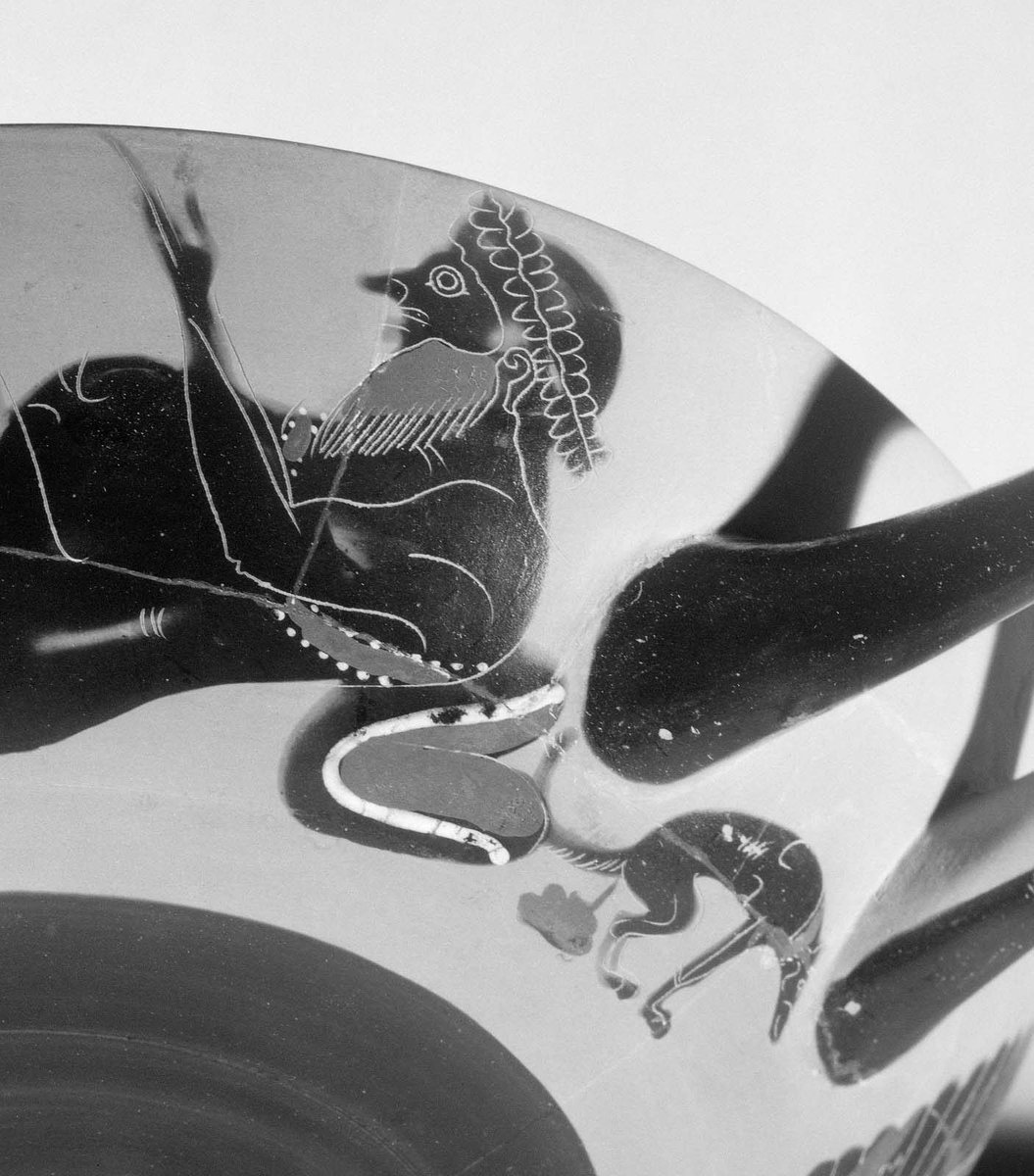
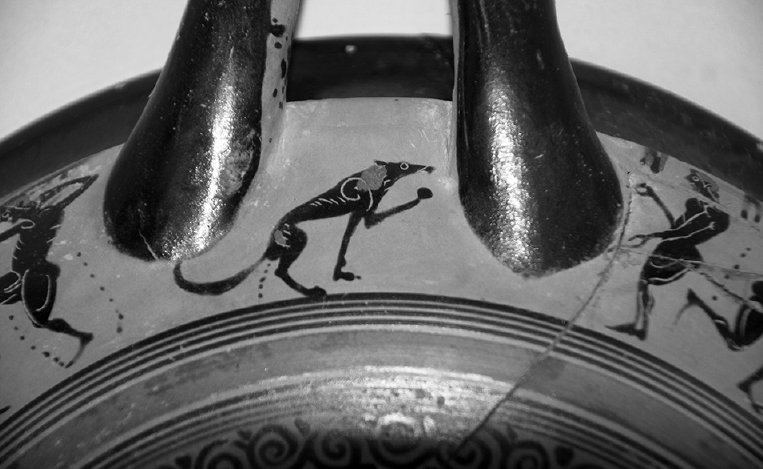
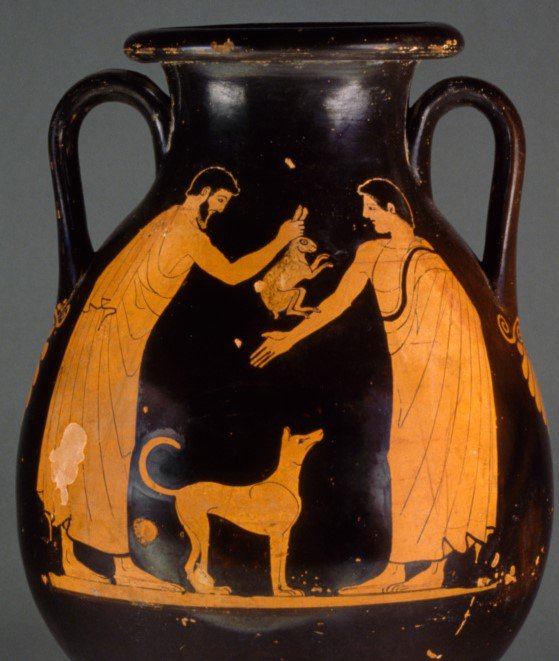
Dogs were sacrificed too, like Patroklos’s hunting hounds burned on his funeral pyre
/6 #PATC3
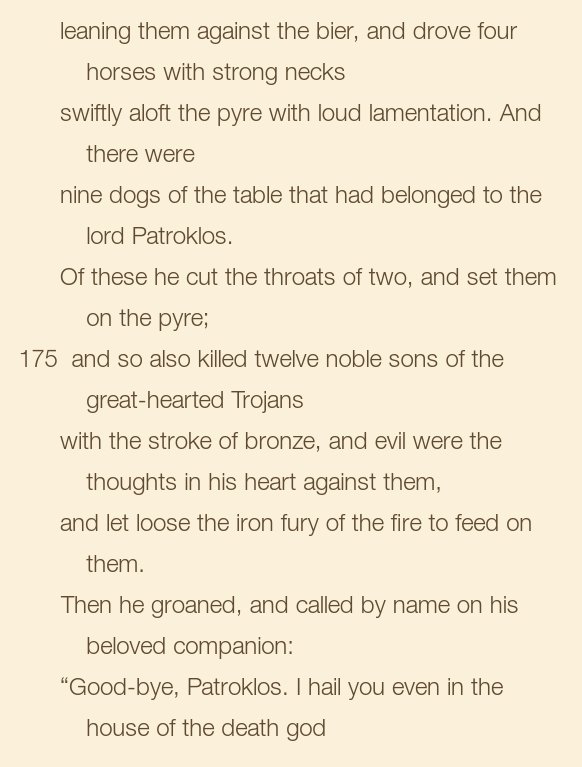
/7 #PATC3
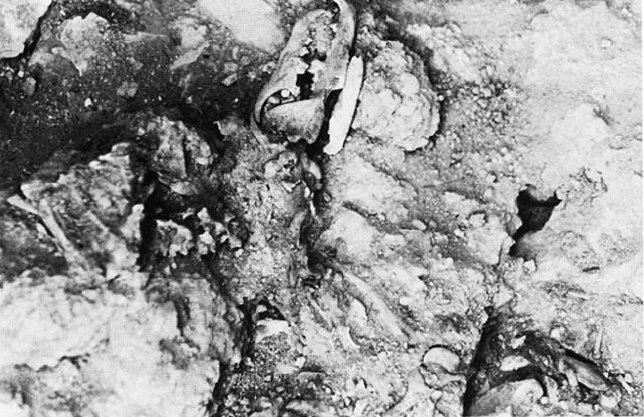
The Agora Bone Well from Ancient Athens included the bones of over 150 adult dogs, deposited among 450+ newborn children. It was likely a purification ritual related to infant mortality
/8 #PATC3
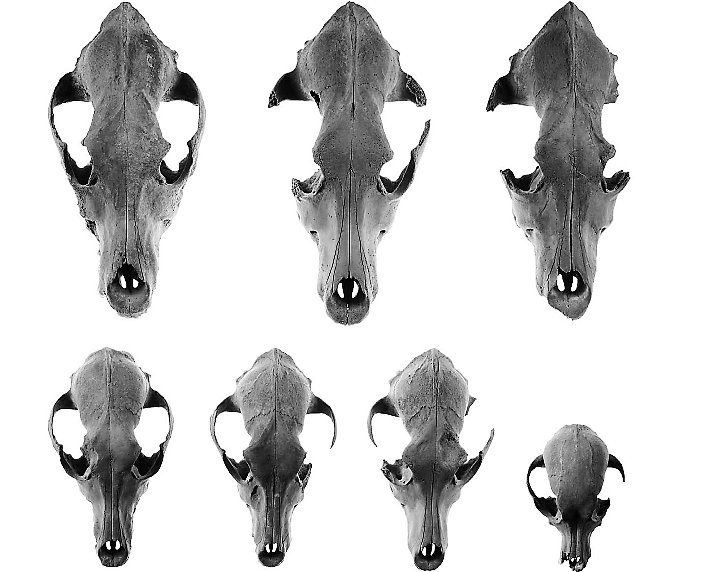
/9 #PATC3
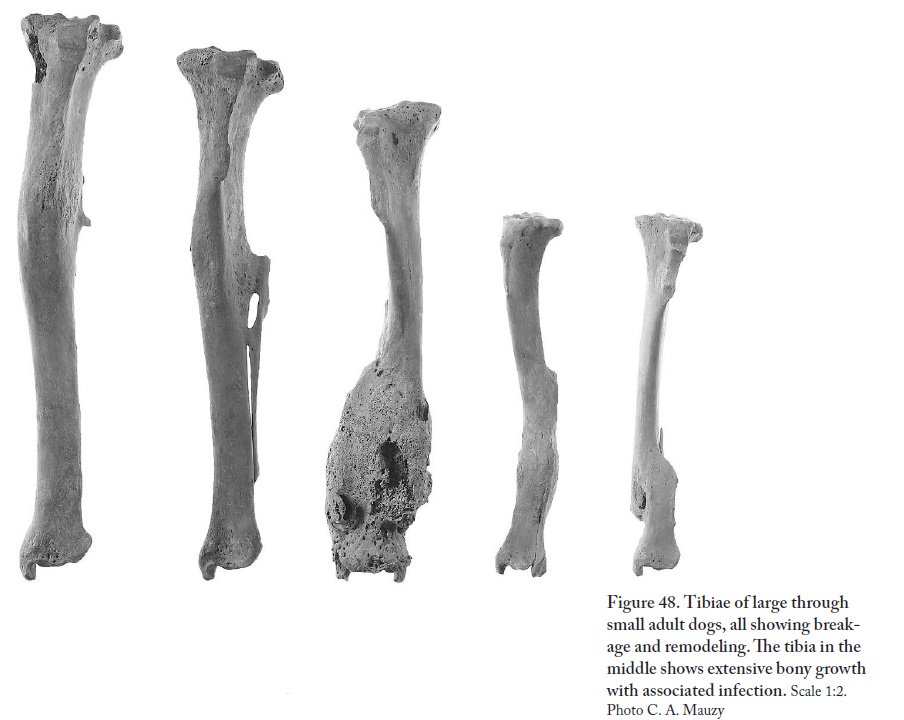
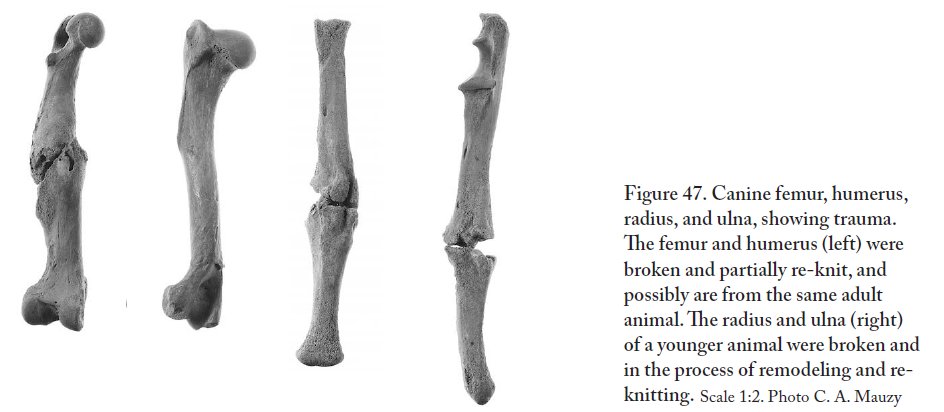
/10 #PATC3
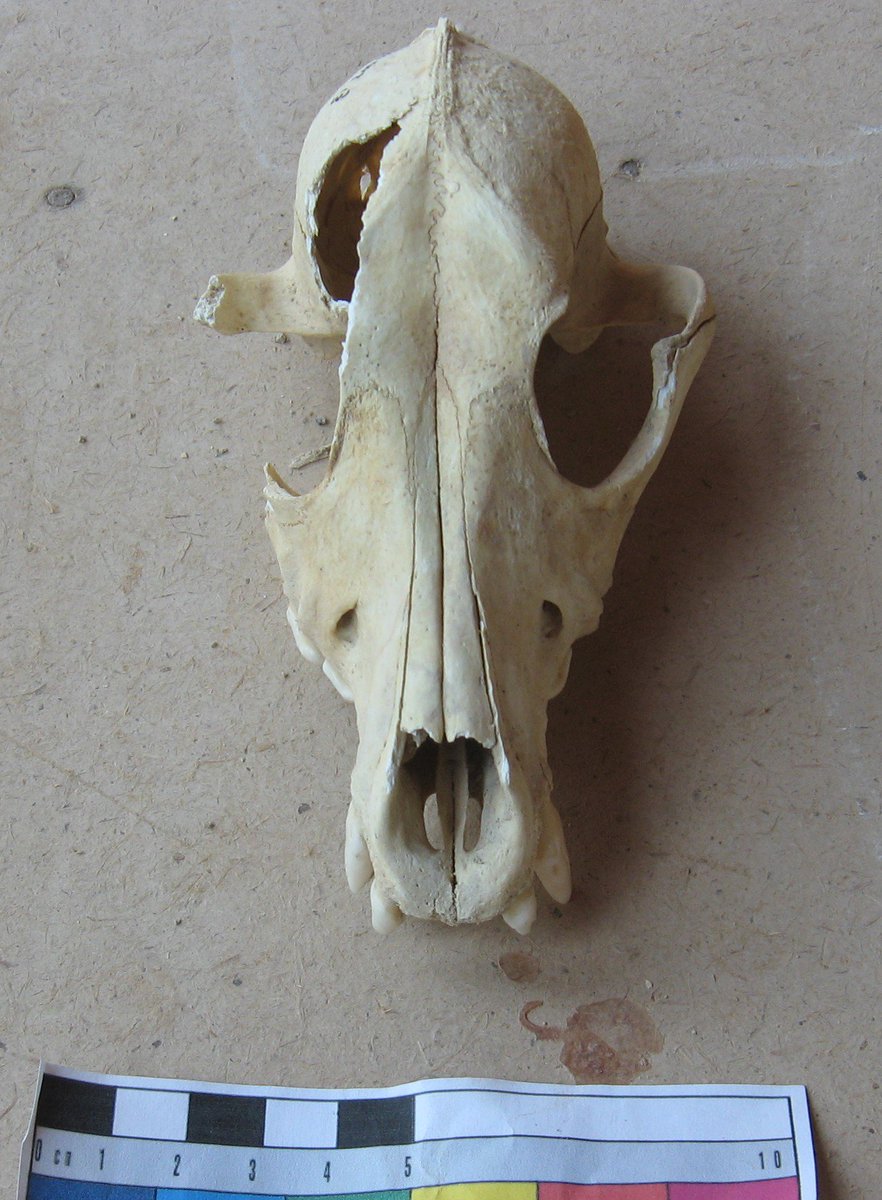
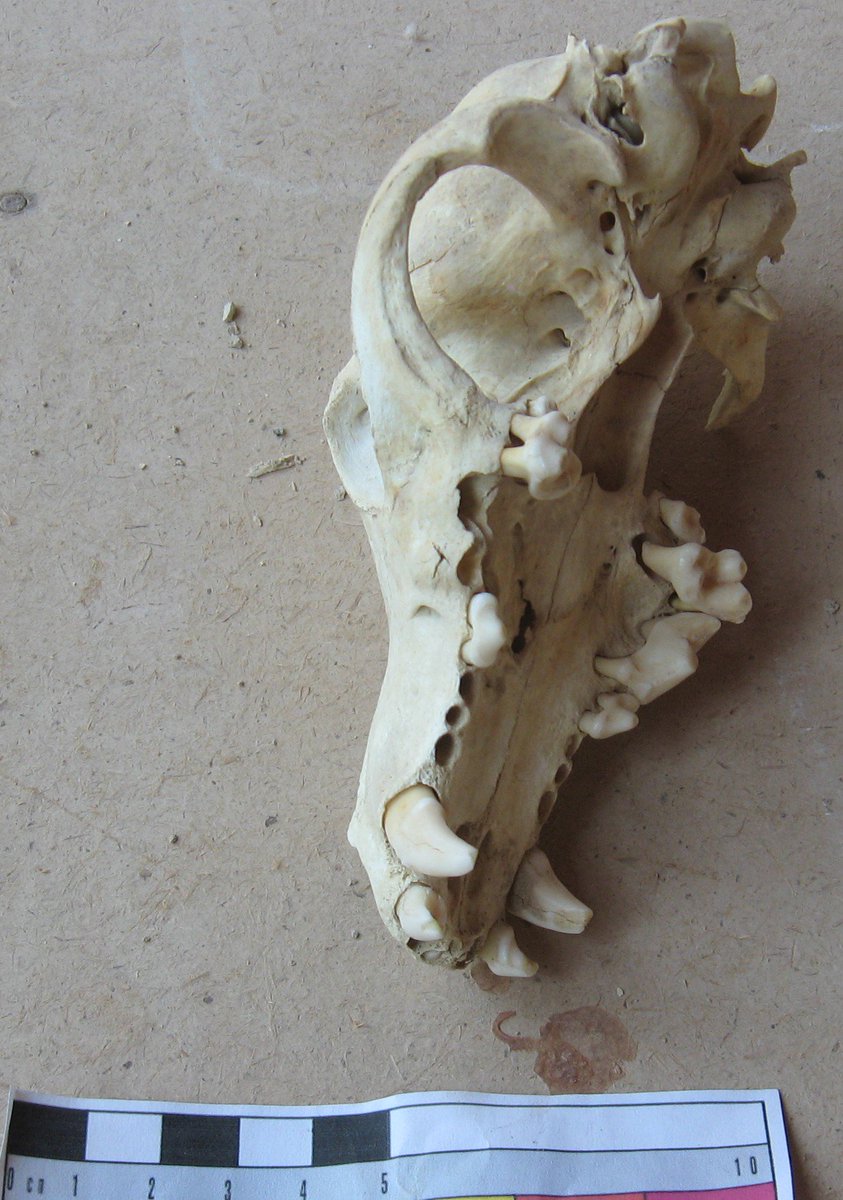
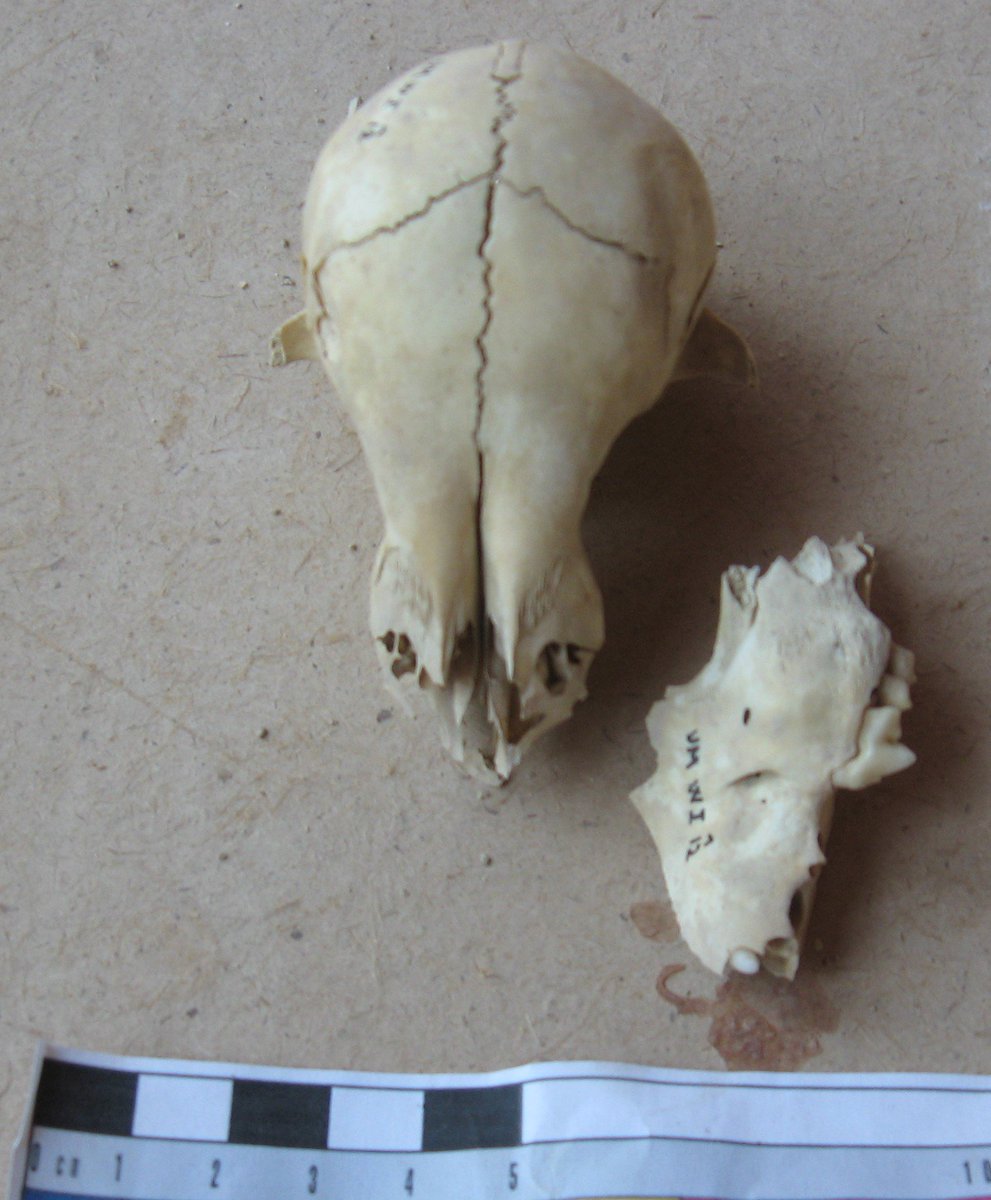
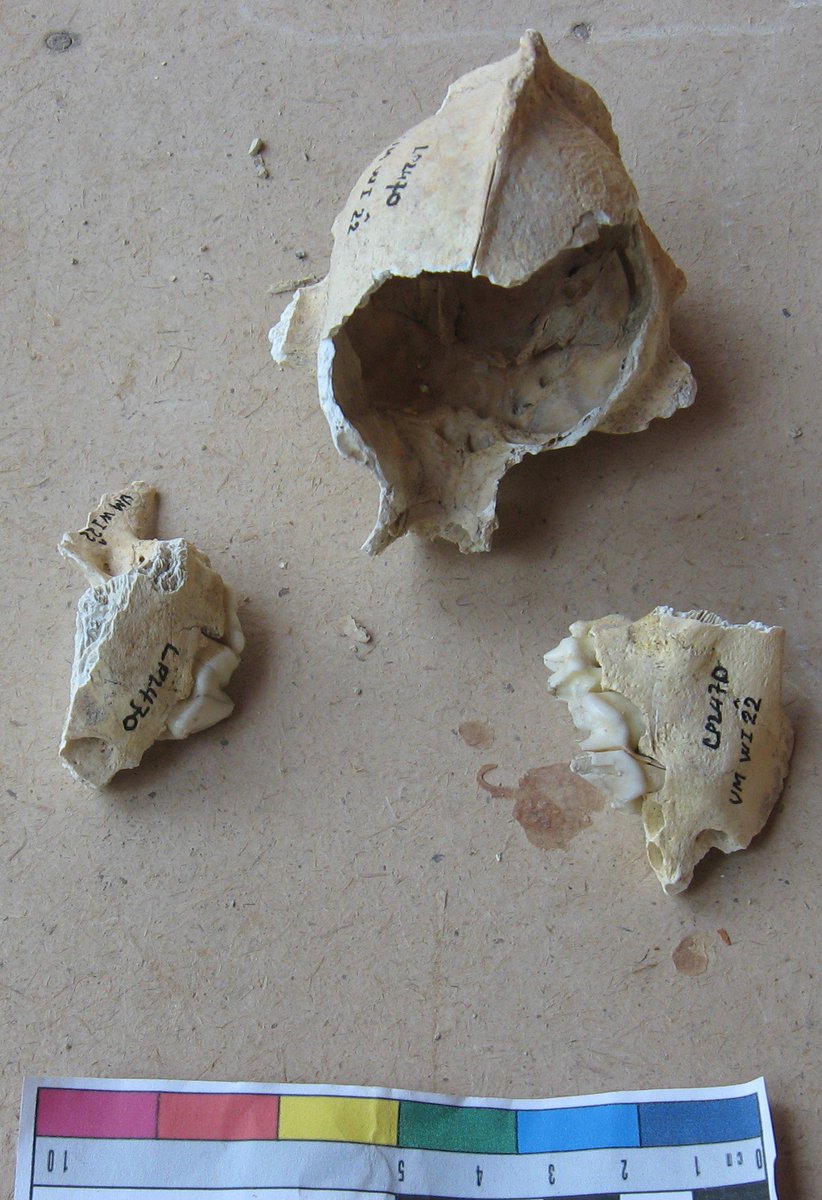
The dog mandible below is from Azoria on Crete. The cutmark on the interior was likely from removing the tongue. Unfortunately, no ancient Greek recipes for dog tongue survive
/11 #PATC3
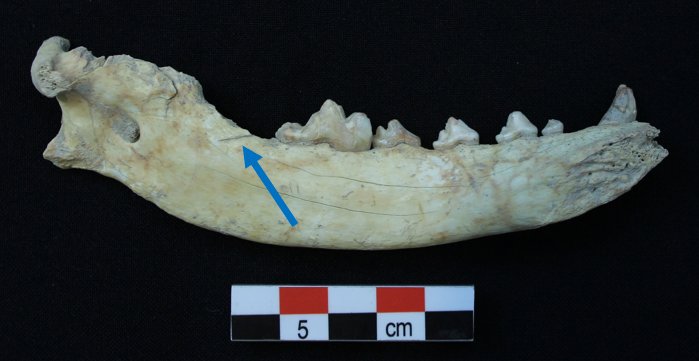
The butchery methods were similar to pigs, with kneecaps chopped similarly off and dog mandibles given special attention. Like pork cheek, dog cheek, was potentially a cured delicacy
/12 #PATC3
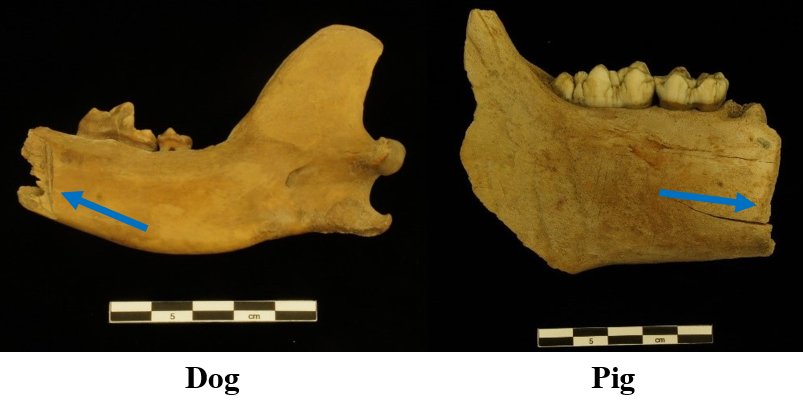
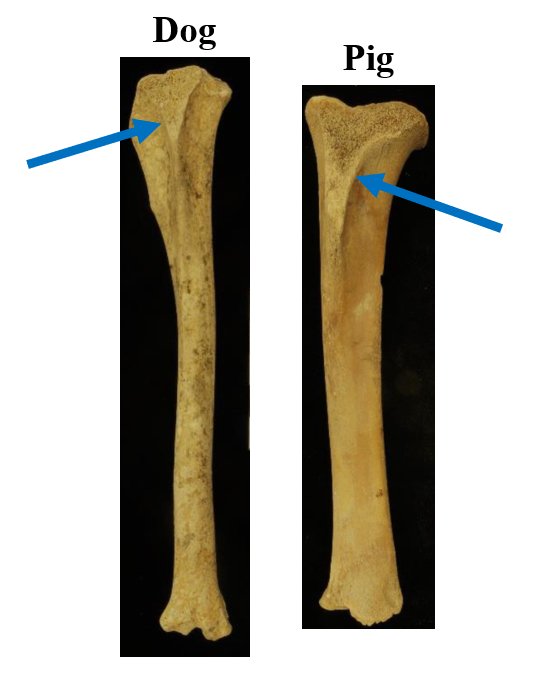
But the true story is more complex. The bones show these categories, but also strays, sacrifice & dog consumption
/13 #PATC3
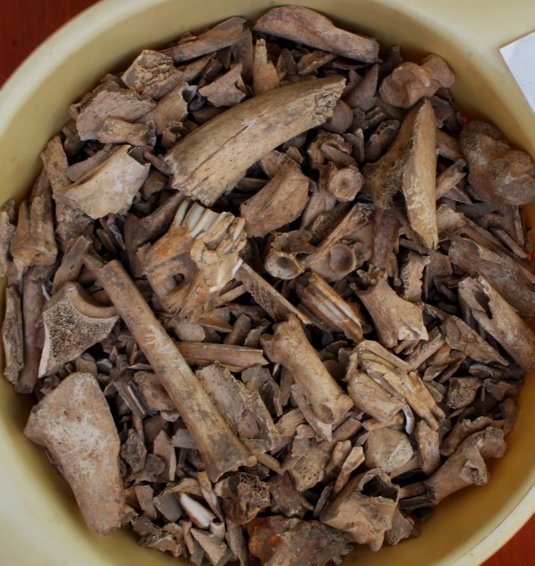
/end #PATC3
And for more on ancient Greek pets check out the recent talk by @TylerJoChaos @ASCSAthens
ascsa.edu.gr/events/details…







